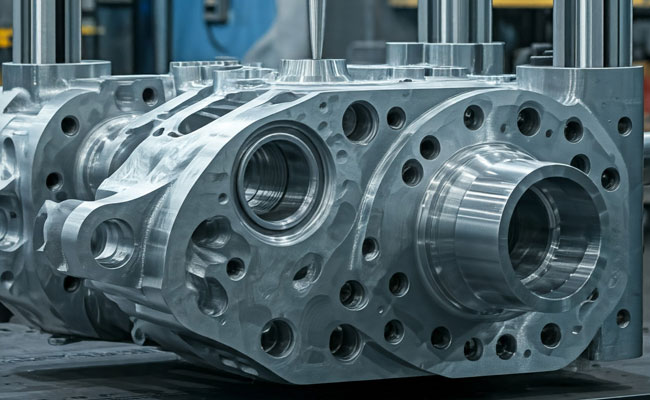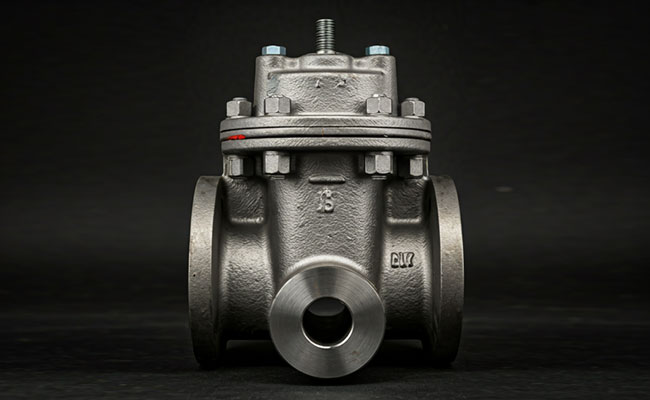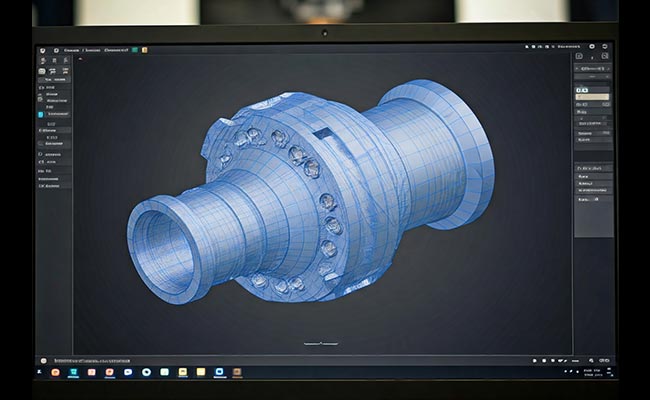
Liquid Penetrant Testing (PT) for Castings
2024-10-21
Magnetic Particle Testing (MT) for Castings
2024-11-04Radiographic testing (RT), also known as X-ray inspection, is a non-destructive testing (NDT) method used to detect internal flaws and defects in castings. It utilizes penetrating radiation, such as X-rays or gamma rays, to create images of the internal structure of the casting.
How RT Works
Radiation Source: A source of penetrating radiation, such as an X-ray machine or a radioactive isotope, is positioned on one side of the casting.
Radiation Penetration: The radiation passes through the casting, being absorbed or scattered by different materials within the casting.
Image Formation: A detector, such as a photographic film or digital sensor, is placed on the opposite side of the casting. The radiation that passes through the casting exposes the detector, creating an image.
Image Analysis: The image is analyzed to identify any irregularities or discontinuities that may indicate defects.
Types of Radiation Sources
X-rays: Produced by X-ray machines, typically used for smaller castings.
Gamma rays: Produced by radioactive isotopes, such as iridium-192 or cobalt-60, often used for thicker castings.
Advantages of RT for Castings
Sensitivity: Can detect a wide range of internal defects, including cracks, porosity, inclusions, and foreign objects.
Versatility: Applicable to a variety of casting materials and shapes.
Permanent record: Images can be stored for future reference.
Depth penetration: Can penetrate thicker castings compared to some other NDT methods.
Limitations of RT for Castings
Safety: Requires proper shielding and handling of radiation sources.
Cost: Can be expensive due to the specialized equipment and safety measures required.
Image interpretation: Requires trained personnel to accurately interpret radiographic images.
Limited sensitivity to certain defects: May not be as sensitive to some types of defects, such as small cracks.
Applications of RT in Casting
Defect detection: Identifying internal flaws such as cracks, porosity, inclusions, and foreign objects.
Weld inspection: Assessing the quality of welds in castings.
Material characterization: Evaluating the internal structure and properties of casting materials.
Dimension inspection: Verifying the internal dimensions of castings




